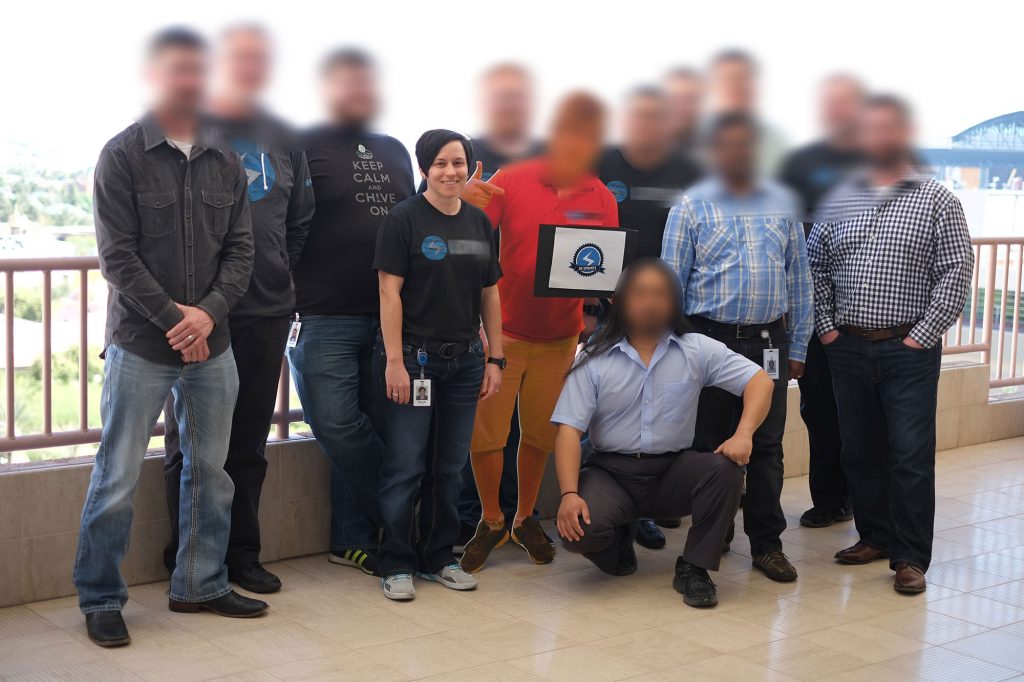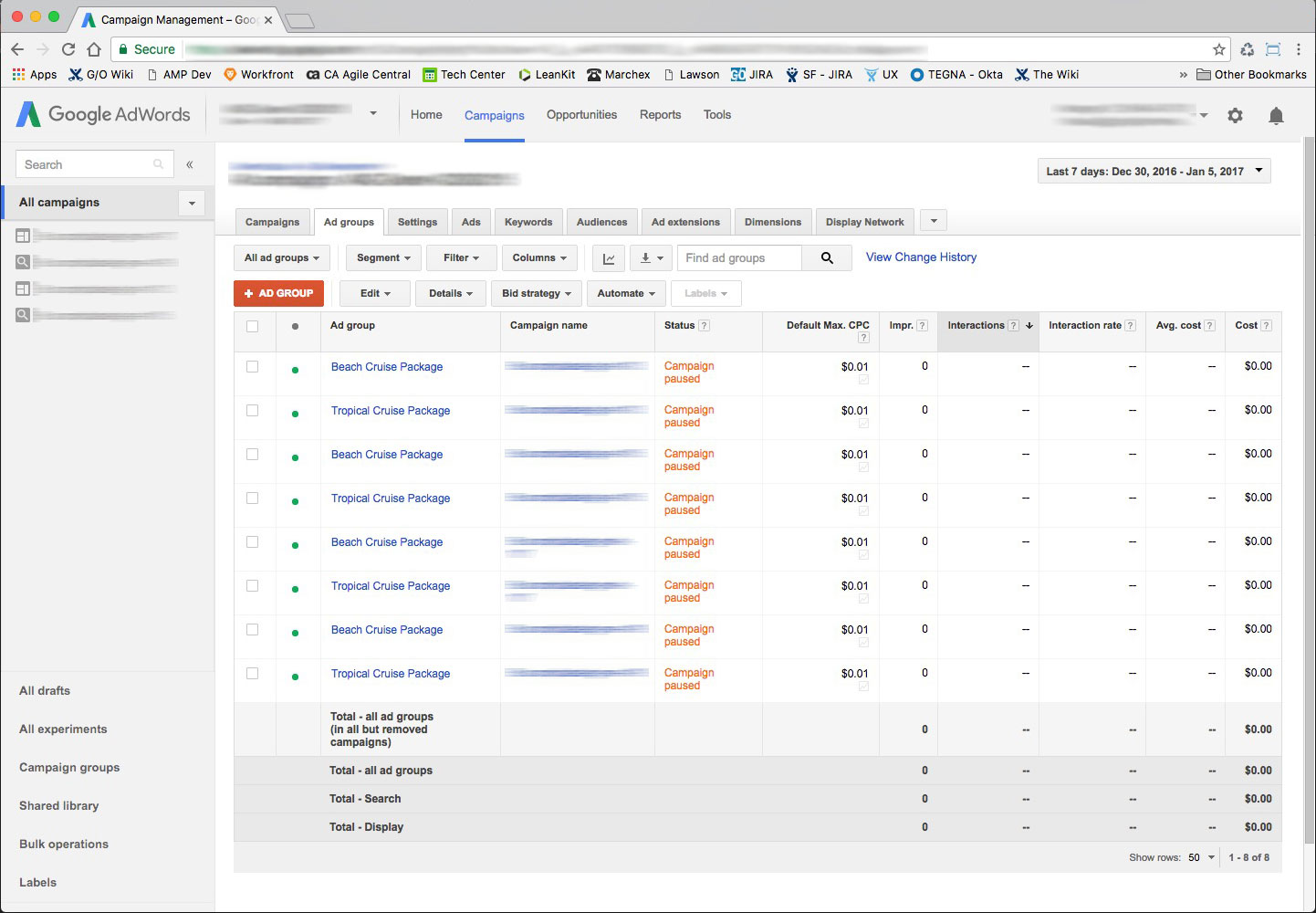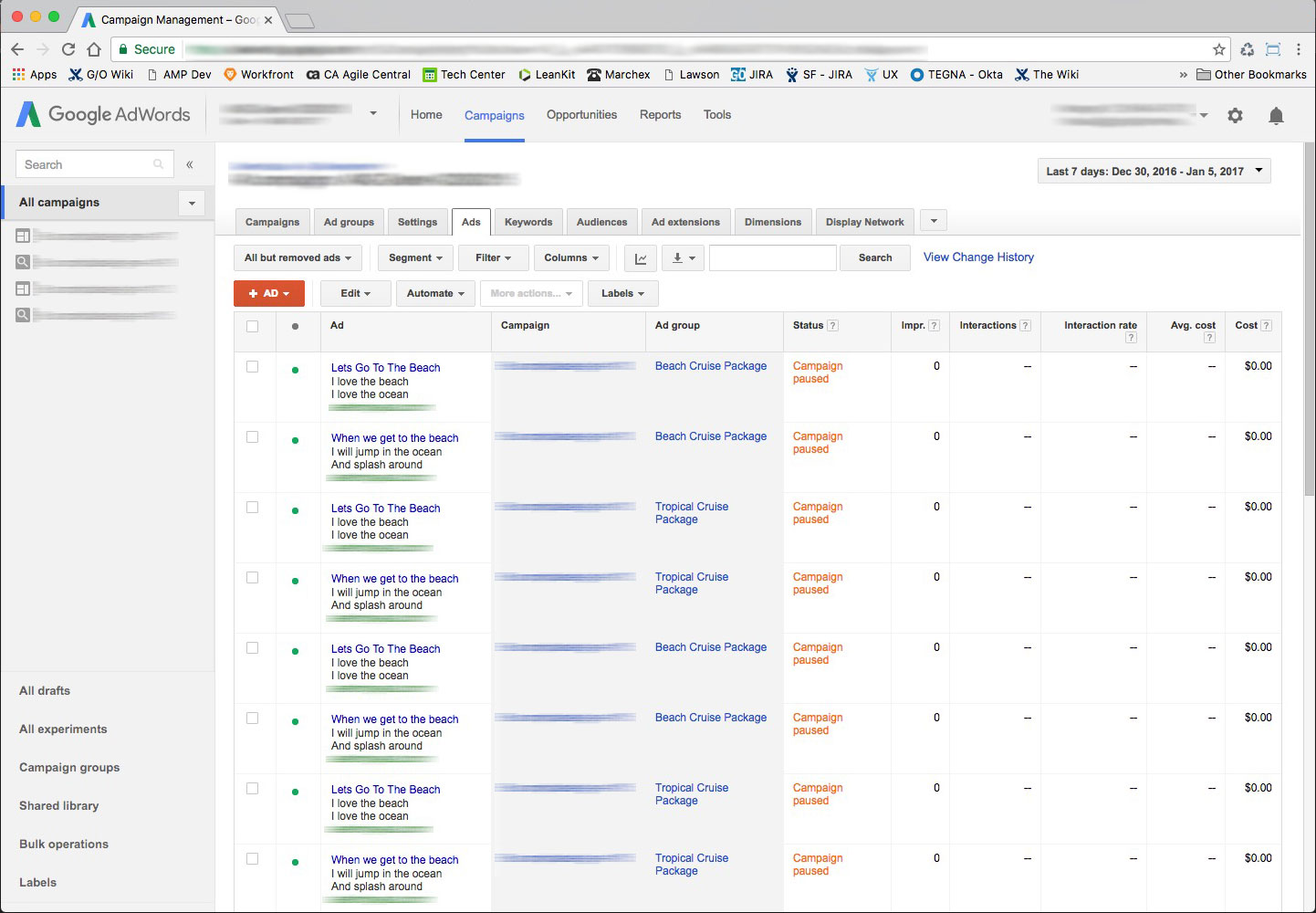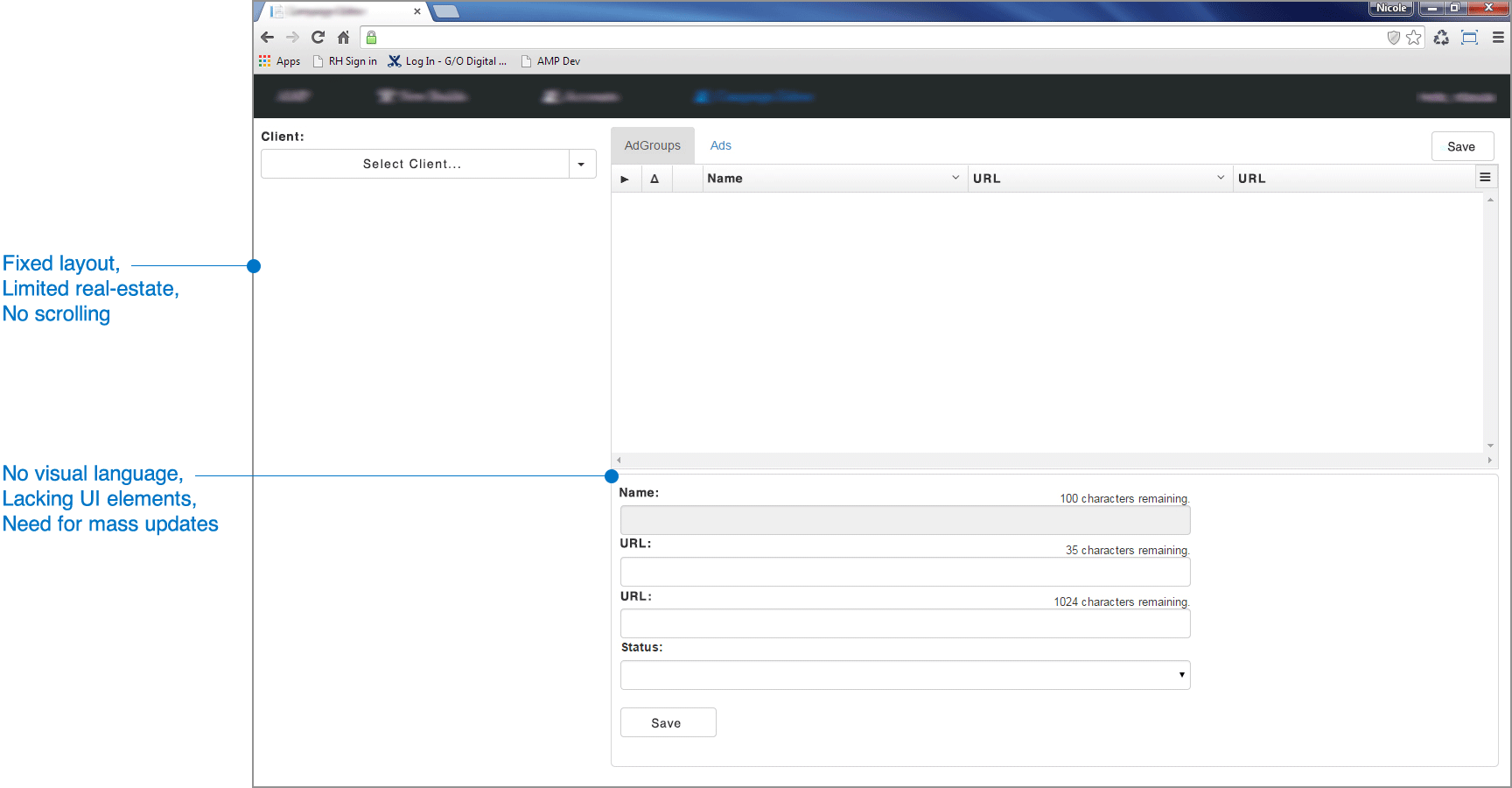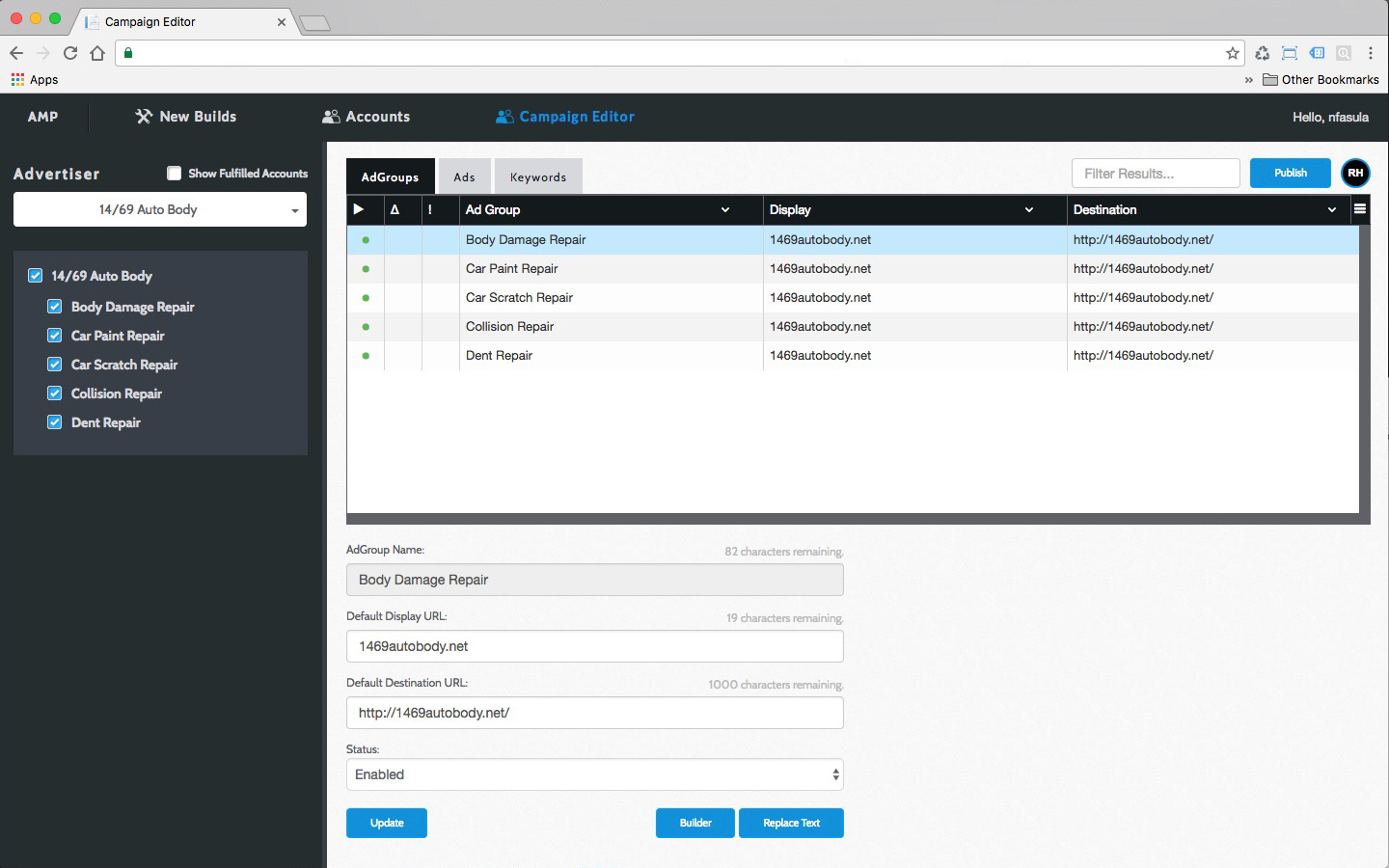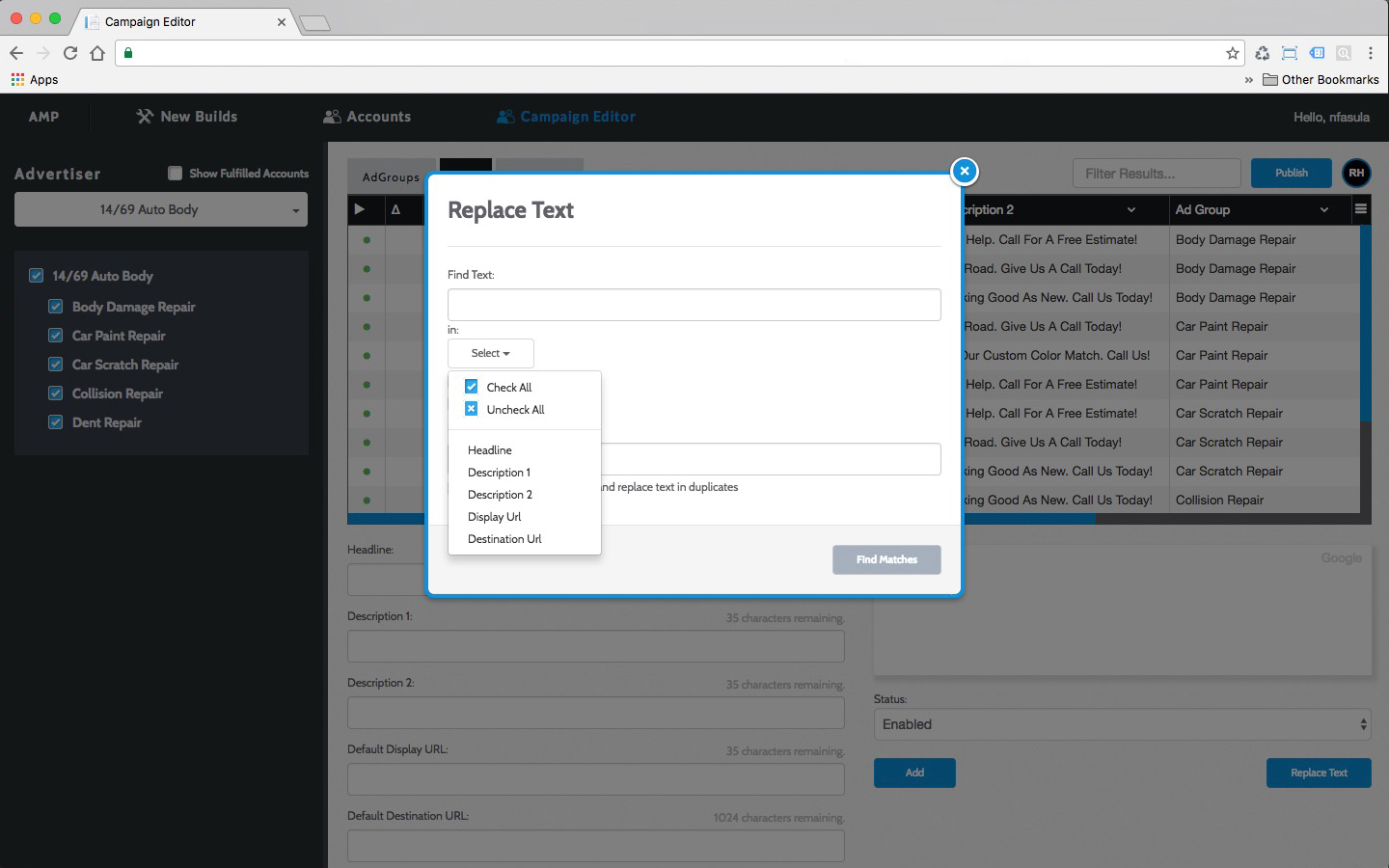My Role
I started as part of a small technology team (13 people total) and was responsible for leading the user experience work, design, and front-end development for the platform. I worked closely with the team to get two new features out the door. This project took place between February 2015 and April 2015.

The Challenge
Users weren’t able to hit their defined goals under the existing structure of the platform. It didn’t allow for mass updates and made changes very time consuming. Taking on new clients only added to the problem. I had to get up to speed on the platform and deliver two new features to the users to alleviate this problem in a three month timeframe. The new approach included a change to how users managed their pay-per-click campaigns. I had to rely on technology team members and end users to provide me with knowledge transfer on the existing platform, so I could provide the best user experience for the new features. The end goal of the project was to solve their day-to-day campaign management problems and increase satisfaction with the platform.
My biggest challenge was getting up to speed on our platform, and creating relationships with our users quickly so I could make informed decisions for the new features.
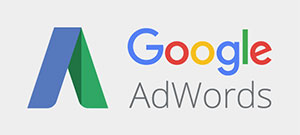

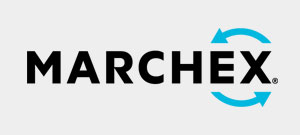
The Approach
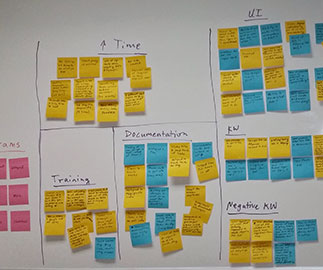

Gather Inputs & Set Vision
My existing domain knowledge gave me an advantage when learning about the platform. I worked with the users to gain insight into their behaviors and uncover deficits in our platform. Consistent themes were uncovered and categorized based on the information gathered from observation and direct user feedback.
Create Objectives & Clarify User Goals
The biggest challenge was getting up to speed on the platform, and creating relationships with our users quickly so I could make informed decisions. My focus in this early research was to clarify user goals and make sure they were met by the new features. I measured priorities against user personas to support my decisions.
Identify & Validate Solutions
I confirmed my knowledge of the platform and user behaviors through whiteboard sessions and rough sketches with the Chief Architect. Then I jumped into some quick prototyping in Visual Studio to interact with my ideas and validate my assumptions. This was a quick way to get working code to the developers that they could use in the final solution.
Construct Themes & Create Roadmap
Deliverables included the creation of a visual language consistent with the rest of the platform, wireframes and working prototypes. This helped me to get buy-in from management and provide direction for the development team. User stories were left open-ended and I collaborated directly with development to ensure we were on the same page for delivery of the features.

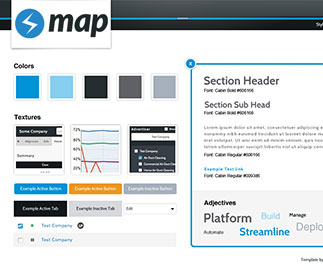



The Discovery
I worked alongside development and collaborated with the team to come up with a solution that would be familiar to the users. Because the proposed behavior existed in other areas of the platform, I made the assumption that the users would naturally gravitate to the new features. The concept for this new approach would be the foundation for all future development utilizing new technologies. Through user acceptance testing I confirmed we were on the right track and made adjustments until we had a collective understanding. In hindsight, I wish I had taken into account the future for platform structure earlier on. This would have been more work initially but would have decreased the development effort significantly in the long run. It would have increased platform usability and users would have gotten an important feature (which they continued to ask for over time) in advance.
The Design
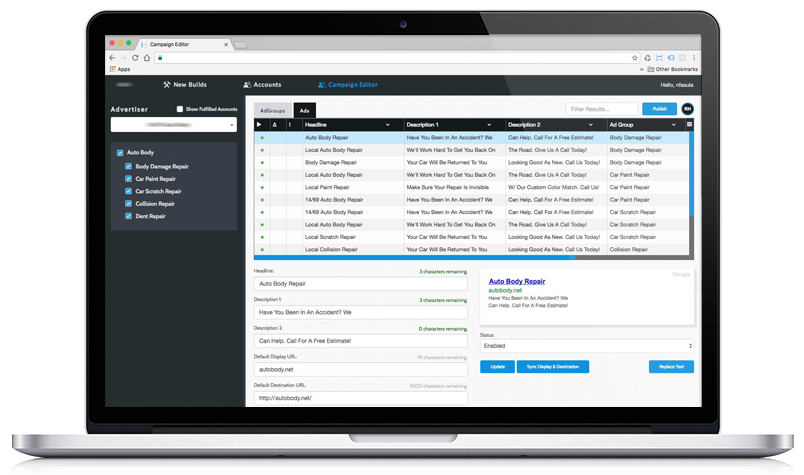
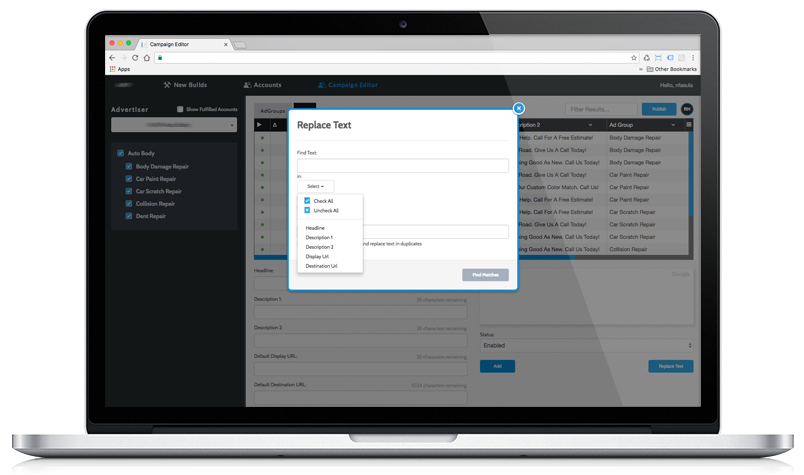
The Impact
Users were ecstatic when the new features launched. They began to use them and couldn’t wait for continued enhancements. I focused on strengthening our relationship with them and providing insight into the upcoming roadmap for the platform. 100% adoption was obtained through ongoing training and guidance that I conducted as needed. Alternatively, the drawbacks to our approach would unfold over time. Development required a deep knowledge of the platform to succeed in the future and our lack of documentation hurt us in the long run.
Full User Adoption – May 2015
